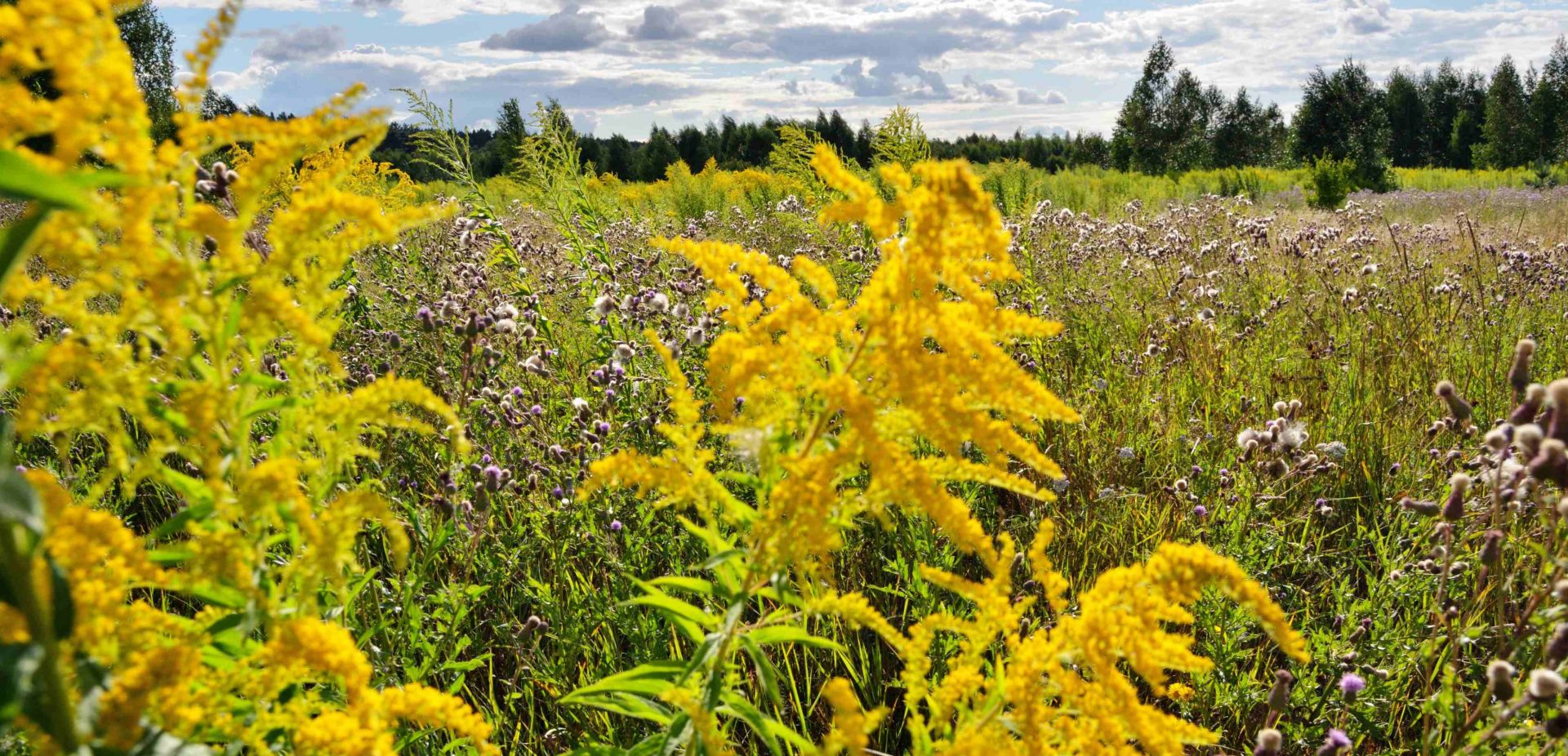
Who decides if the species that invade or are unknown in our native environments will survive? Which ones endanger Polish flora and fauna?

French police entered several wine depots in the Bordeaux region.
see more
Michael J Benton When Life nearly Died [Gatunki inwazyjne jako zagrożenie dla bioróżnorodności, Materiały dla pracowników parków narodowych], Prószyński i S-ka, Warsaw 2017.
Zygmunt Dajdok, Michał Śliwiński, Maciej Romański, Anna Krzysztofiak, Lech Krzysztofiak Invasive Species as a threat to biodiversity. Materials for employees of national parks [Gatunki inwazyjne jako zagrożenie dla bioróżnorodności, Materiały dla pracowników parków narodowych], https://www.wigry.org.pl/inf_i_rozw/budowa_por/por4_4.htm.
https://dane.gov.pl/pl/dataset/1760/resource/21068,inwazyjne-gatunki-obce-roslin-i-zwierzat/table?page=1&per_page=50&q=&sort=col5.
Głowaciński Z. (red.), Alien species in Polish fauna, Vol II. Problems and synthesis [Gatunki obce w faunie Polski. Tom II. Zagadnienia problemowe i syntezy], Published by Instutute for the Protection of Nature, Polish Academy of Sciences, Kraków, 2011, https://www.iop.krakow.pl/gatunkiobce/pliki/12.pdf.
Lech Krzysztofiak i Anna Krzysztofiak (red.) Invasive species and the threat to host natural environments[ Inwazyjne gatunki obcego pochodzenia zagrożeniem dla rodzimej przyrody], Krzywe 2015, conference materials, https://czlowiekiprzyroda.eu/wp-content/uploads/2017/07/inwazyjne_gatunki.pdf.
Internet project Research on the principles to combat invasive species and the introduction of educational pilot projects, http://projekty.gdos.gov.pl/igo-reynoutria-japonica.
https://kopalniawiedzy.pl/katastrofa-tlenowa-Ziemia-oliwin-tlen,27055




